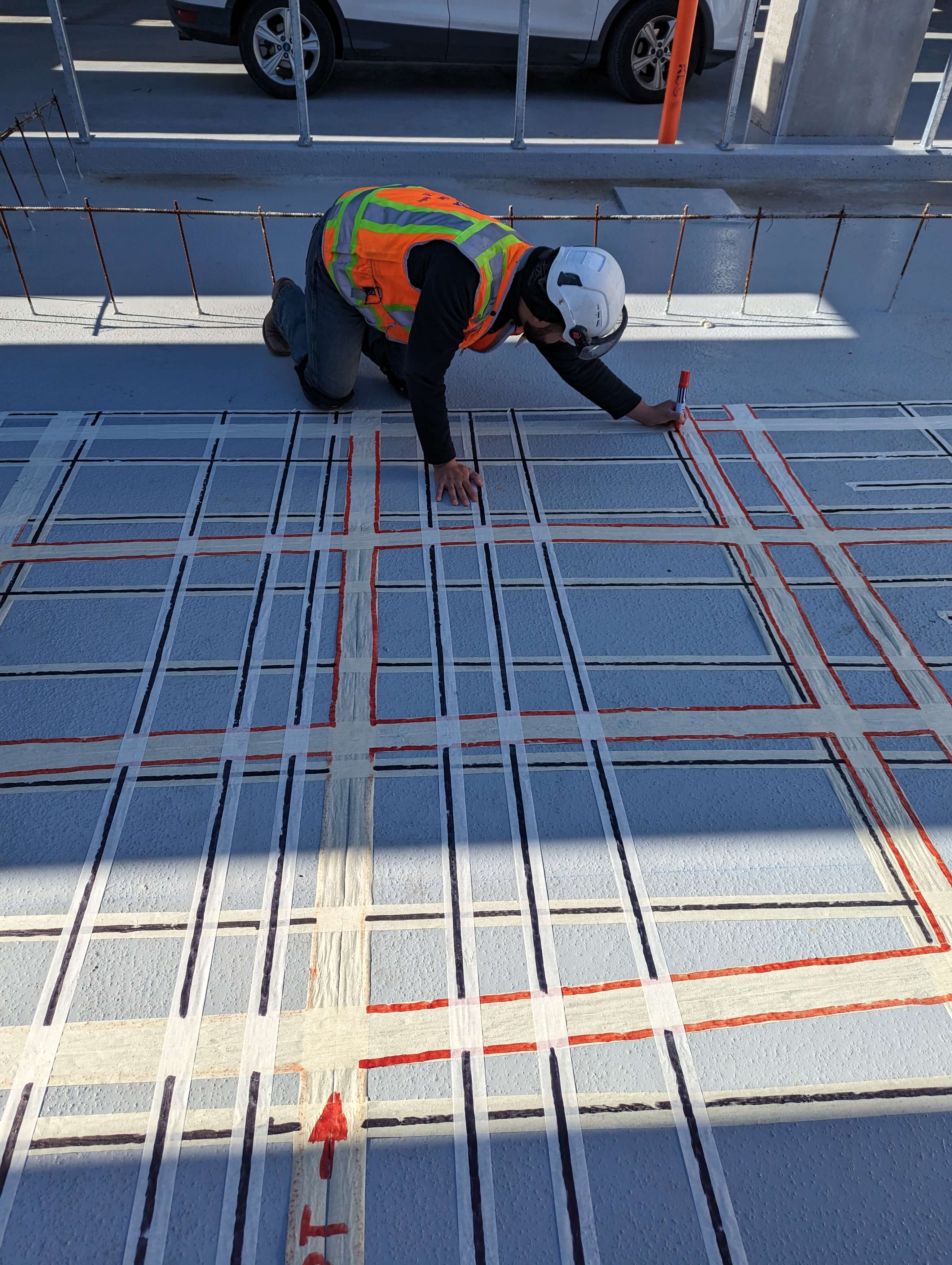Advanced Concrete Scanning Techniques: Ensuring Structural Integrity
Reveal the Transformative Power of Concrete Scanning in Taking Full Advantage Of Effectiveness and Safety
Concrete scanning has actually become an important device in the construction industry, using unmatched benefits in enhancing job efficiency and ensuring security standards. By utilizing sophisticated modern technology, concrete scanning enables professionals to see beyond the surface area, revealing surprise complexities that might influence the architectural honesty of a structure. The transformative power of concrete scanning lies in its capability to supply real-time data and in-depth understandings, revolutionizing exactly how tasks are intended and performed. As we look into the ins and outs of this ingenious strategy, a globe of possibilities opens up, showcasing a new period of building methods that prioritize accuracy and security.
Value of Concrete Scanning
Guaranteeing the architectural integrity and security of building and construction tasks begins with the important step of conducting complete concrete scanning. Concrete scanning is a non-destructive approach utilized to discover and map subsurface aspects within concrete frameworks. This process is crucial in identifying prospective dangers, such as rebar, post-tension wires, and conduits, that might be concealed within the concrete. By utilizing sophisticated technologies like ground-penetrating radar (GPR) and electro-magnetic induction, building and construction teams can properly situate these elements without causing any damages to the structure.
In addition, concrete scanning assists in optimizing project timelines and budget by avoiding unforeseen expenses and hold-ups that might develop due to unforeseen blockages within the concrete. Ultimately, investing in complete concrete scanning is a positive strategy that enhances both effectiveness and security in building and construction projects.
Exactly How Concrete Scanning Works
Concrete scanning runs as an essential device in building and construction tasks by using innovative modern technologies to spot and map subsurface components without causing structural damage. Ground Permeating Radar (GPR) and Electromagnetic Induction (EMI) are 2 primary approaches utilized in concrete scanning.
Throughout the scanning process, the information gathered is examined in real-time, permitting instant recognition of possible dangers or challenges beneath the surface. This details aids in decision-making, making certain that building tasks proceed securely and efficiently. Additionally, 3D imaging software application can be made use of to develop topographic maps of the subsurface aspects, even more boosting job preparation and execution. By employing these innovative innovations, concrete scanning dramatically reduces the risk of expensive problems and injuries on construction websites.
Benefits of Concrete Scanning
Using sophisticated scanning modern technologies in building jobs provides a plethora of benefits, boosting both efficiency and safety on-site. Among the key advantages of concrete scanning is the capacity to spot and find embedded items such as rebar, post-tension cable televisions, and channels properly. By recognizing these components prior to exploration or reducing right into concrete frameworks, the risk of unintentional strikes is dramatically minimized, preventing potential injuries to employees and damages to the framework itself. Concrete scanning assists in planning and designing extra properly, as it supplies precise details regarding the location and deepness of structural parts.

Study: Concrete Scanning Success

In one more case, a building firm used 3D concrete scanning to analyze the condition old concrete frameworks in a historical structure. The comprehensive scans provided useful understandings into the extent of degeneration and helped prioritize upkeep initiatives efficiently. By proactively dealing with locations of concern determined with scanning, the firm was able to expand the life-span of the framework and guarantee passenger safety and security.
These study highlight the transformative power of concrete scanning in enhancing effectiveness, precision, and safety and security in building jobs.
Applying Concrete Scanning in Projects
Executing innovative scanning innovations throughout building and construction tasks has actually become progressively crucial for enhancing accuracy and safety. By incorporating concrete scanning into task planning and implementation, construction groups can determine potential risks, such as rebar or post-tension cables, hidden within concrete frameworks. This proactive method minimizes the risk of crashes, delays, and expensive rework, eventually resulting in much more reliable task timelines and spending plans.
To execute concrete scanning successfully, project supervisors need to work together closely with knowledgeable scanning experts to determine the most suitable scanning methods for the certain job needs. Engaging scanning experts from the very early web link stages of a project makes it possible for the group to develop thorough scanning strategies that address key locations of worry and guarantee detailed information collection.
Furthermore, incorporating concrete scanning right into normal job process can streamline decision-making procedures, as real-time check information offers instant understandings right into the problem of concrete structures - Concrete Scanning. This data-driven method promotes notified analytic and makes it possible for teams to make changes immediately, fostering a culture of performance and security throughout the task lifecycle

Verdict
Finally, concrete scanning plays a critical function in enhancing efficiency and safety in building jobs. By making use of advanced modern technology to map and detect out underlying structures within concrete, this procedure aids to prevent costly errors, make sure architectural integrity, and minimize risks on site. With the capability to reveal surprise elements and supply exact information, concrete scanning shows to be an important tool for optimizing project end results and maximizing overall success.
Concrete scanning is a non-destructive method used to spot and map subsurface aspects within concrete frameworks. Furthermore, concrete scanning assists in enhancing job timelines and budget plan by staying clear of unexpected costs and hold-ups that might emerge due to unforeseen obstructions within the concrete. One notable situation research study involves a large-scale remodelling job where concrete scanning played an essential duty in making certain project success.In one more case, a construction business utilized 3D concrete scanning to analyze the problem of aging concrete frameworks in a historic structure. By incorporating concrete official website scanning right into task preparation and implementation, building teams can identify potential hazards, such as rebar or post-tension cable televisions, hidden within concrete structures.